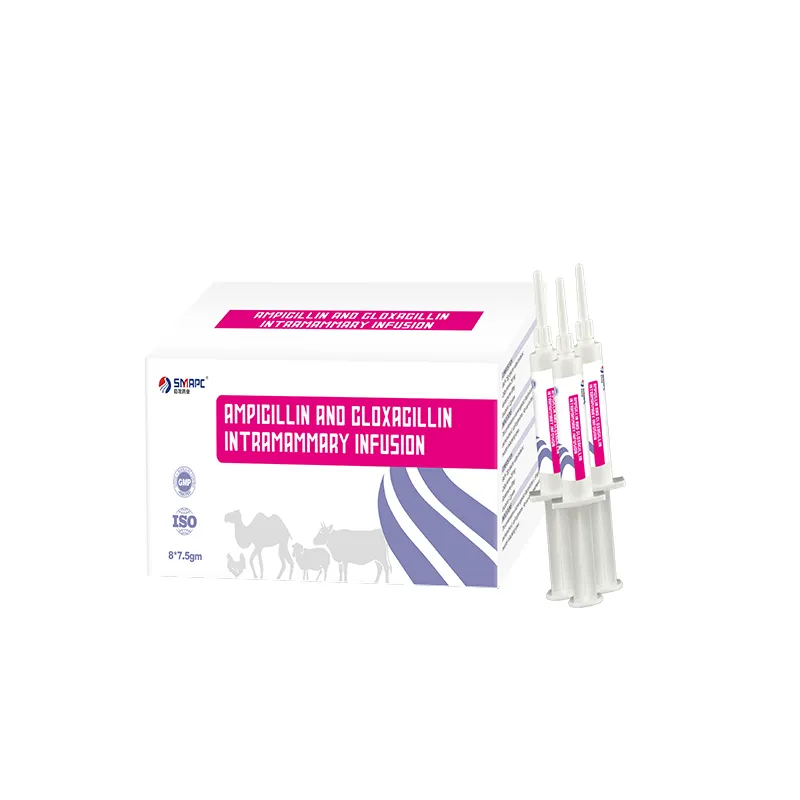
Exploring the Uses and Benefits of Monosodium Glutamate in Food Flavoring
The Role of Monosodium Glutamate in Culinary Arts
Monosodium glutamate (MSG) is a flavor enhancer that has sparked both enthusiasm and controversy since its discovery in the early 20th century. Often associated with Asian cuisine, MSG has traveled far beyond regional cooking, becoming a staple ingredient in kitchens worldwide. This article delves into the concept of MSG, its uses, benefits, and the debates surrounding its consumption.
Monosodium glutamate is the sodium salt of glutamic acid, a naturally occurring amino acid found in various foods, including tomatoes, cheese, and mushrooms. It enhances umami, the fifth basic taste that conveys a savory flavor. This enhancement is vital for chefs and food manufacturers alike, as it can elevate the taste profile of dishes, making them more appealing to consumers. In many ways, MSG is a culinary all-rounder that can complement a wide array of ingredients, from soups and sauces to marinades and processed foods.
The Role of Monosodium Glutamate in Culinary Arts
Despite its culinary advantages, MSG has been the subject of extensive debate regarding its safety. In the late 1960s, concerns arose when some individuals reported adverse reactions—commonly referred to as Chinese Restaurant Syndrome—characterized by symptoms such as headaches, flushing, and sweating after consuming MSG-laden foods. However, numerous scientific studies have since been conducted, and the consensus from organizations like the U.S. Food and Drug Administration (FDA), the World Health Organization (WHO), and the European Food Safety Authority (EFSA) is that MSG is safe for the general population when consumed at typical levels.
monosodium glutamate e

The origin of MSG’s negative reputation can largely be attributed to misunderstandings and lack of scientific evidence. It is crucial to note that individuals may have varying sensitivities to certain substances, including MSG. However, a significant portion of the population can consume MSG without any adverse reactions. Understanding this nuance is essential, as it allows consumers to make informed choices about their dietary preferences.
Culinary artists have embraced MSG for its practicality and effectiveness in flavor development. Many high-end restaurants utilize MSG and similar flavoring agents to create umami-laden dishes that leave a lasting impression on patrons. The compound's versatility extends beyond savory dishes; some chefs even experiment with desserts, highlighting its potential to enhance sweetness and overall enjoyment.
For home cooks, incorporating MSG can reinvigorate tired recipes. A dash of MSG can turn an ordinary vegetable stir-fry into a savory delight or transform a basic broth into a rich and satisfying soup. The key lies in moderation; as with any ingredient, balance is essential to avoid overpowering the natural flavors of the dish.
In conclusion, monosodium glutamate is more than just a simple flavor enhancer; it is a critical tool in the culinary world that can help elevate dishes, making them both delicious and satisfying. While its safety remains a topic of discussion, the evidence suggests that MSG poses minimal risk to most consumers. As culinary trends continue to evolve, embracing the benefits of MSG can lead to a richer and more enjoyable dining experience. Whether enjoyed in a bustling restaurant or a simple home-cooked meal, MSG's impact on flavor cannot be overlooked.
-
The Safety Challenges of Ammonium Nitrate FertilizerNewsJun.26,2025
-
The Critical Role of Mining ChemicalsNewsJun.26,2025
-
Shelf Life of Glacial Acetic Acid Food GradeNewsJun.26,2025
-
Enhancing PVC Longevity with 1,2,3-Benzotriazole InnovationsNewsJun.26,2025
-
China’s Dominance in Food Additive ProductionNewsJun.26,2025
-
Can Aluminum Hydroxide Replace More Toxic Alternatives?NewsJun.26,2025
-
PE and PP Plastics with Benzotriazole AdditivesNewsJun.12,2025
Hebei Tenger Chemical Technology Co., Ltd. focuses on the chemical industry and is committed to the export service of chemical raw materials.
-

view more DiethanolisopropanolamineIn the ever-growing field of chemical solutions, diethanolisopropanolamine (DEIPA) stands out as a versatile and important compound. Due to its unique chemical structure and properties, DEIPA is of interest to various industries including construction, personal care, and agriculture. -

view more TriisopropanolamineTriisopropanolamine (TIPA) alkanol amine substance, is a kind of alcohol amine compound with amino and alcohol hydroxyl, and because of its molecules contains both amino and hydroxyl. -

view more Tetramethyl Thiuram DisulfideTetramethyl thiuram disulfide, also known as TMTD, is a white to light-yellow powder with a distinct sulfur-like odor. It is soluble in organic solvents such as benzene, acetone, and ethyl acetate, making it highly versatile for use in different formulations. TMTD is known for its excellent vulcanization acceleration properties, which makes it a key ingredient in the production of rubber products. Additionally, it acts as an effective fungicide and bactericide, making it valuable in agricultural applications. Its high purity and stability ensure consistent performance, making it a preferred choice for manufacturers across various industries.











